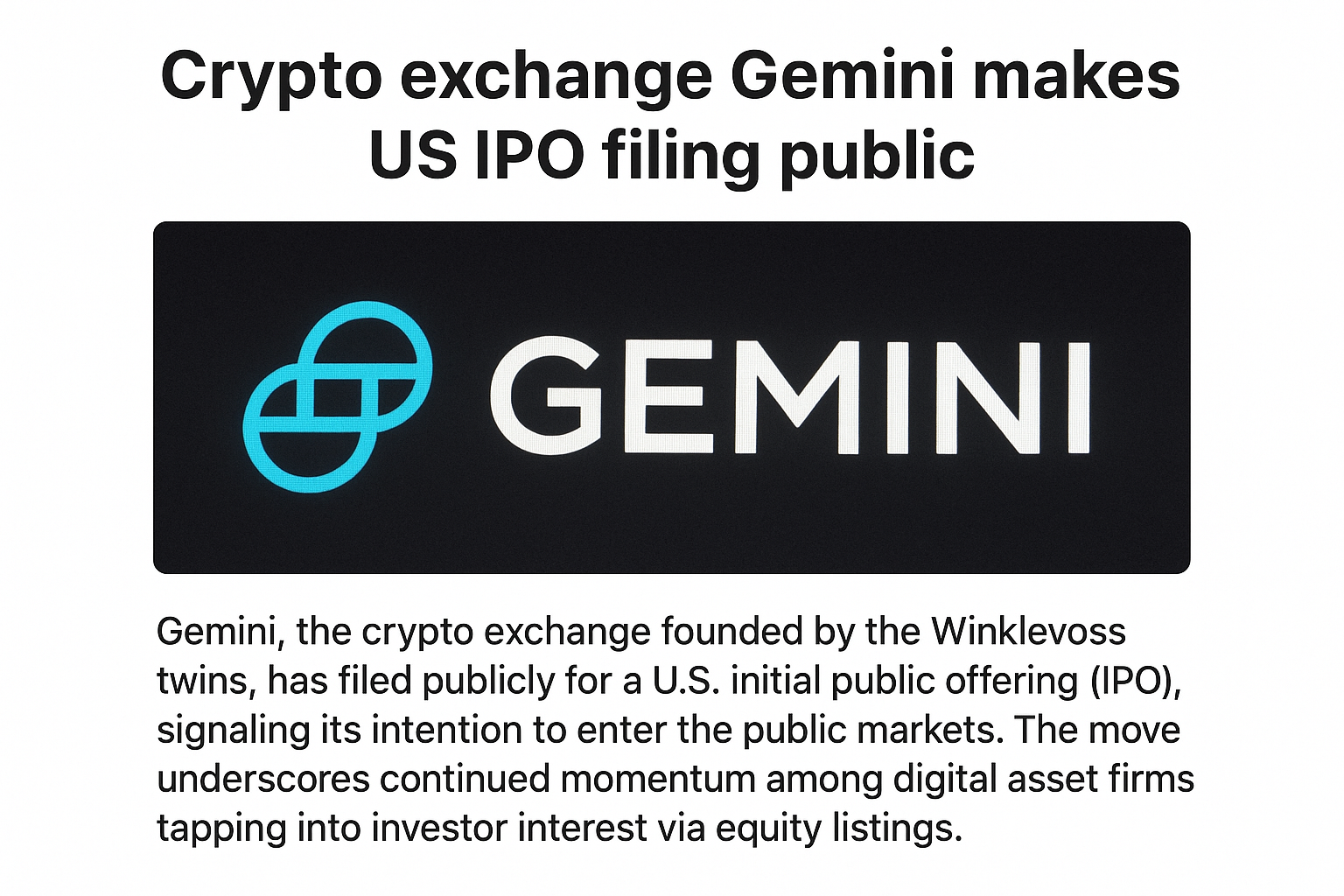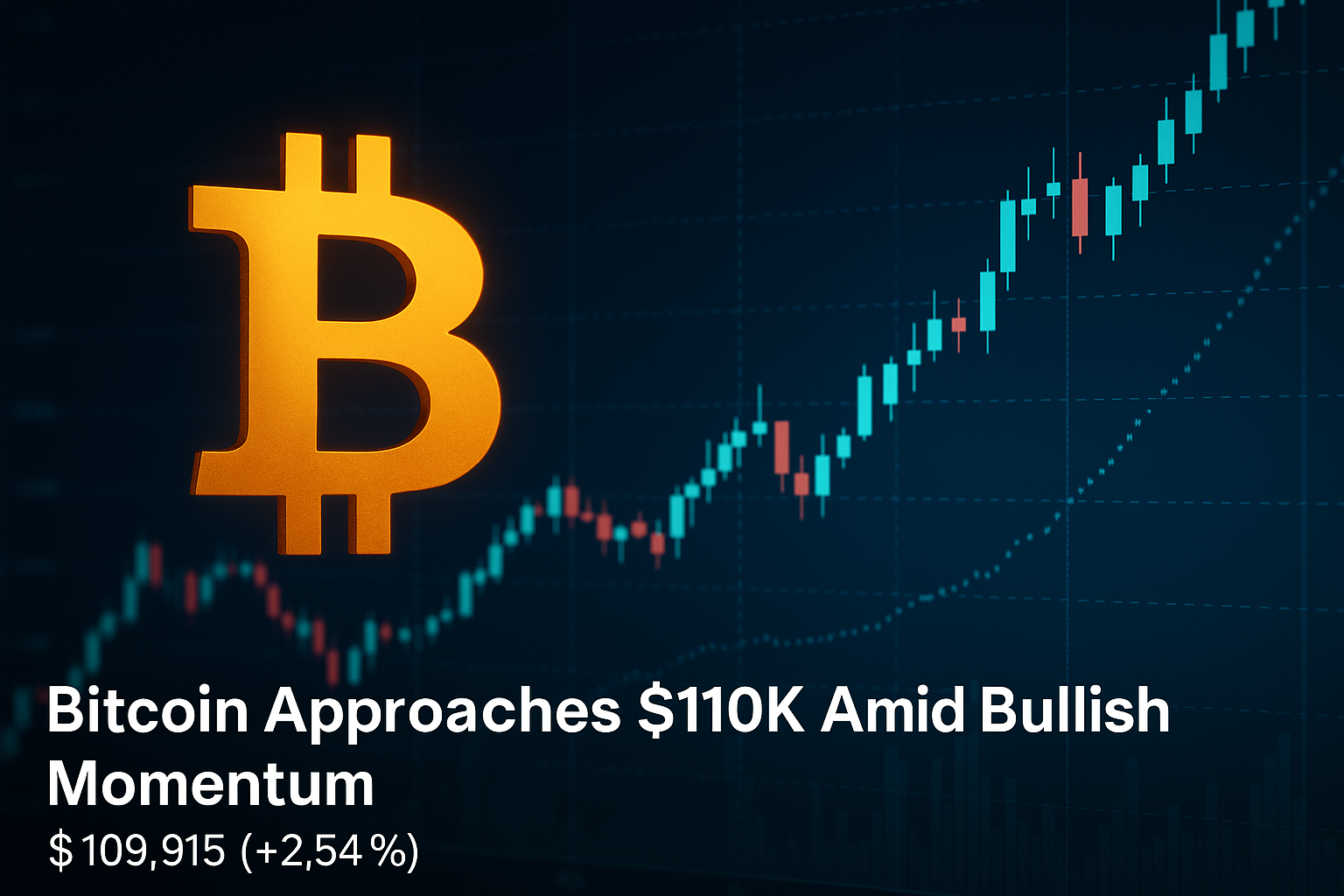In the fast-moving world of cryptocurrency trading, risk and reward go hand-in-hand—but recent events serve as a stark reminder that unchecked leverage can lead to devastating outcomes. According to multiple reports, a crypto trader recently lost an estimated $100 million in a single high-leverage trade gone wrong. This jaw-dropping incident not only underscores the extreme volatility of the crypto market but also highlights the critical need for robust risk management strategies.
What Happened?
Although the exact identity of the trader remains undisclosed, sources from platforms like CoinDesk and Blockchain News have confirmed that the loss occurred during a high-leverage position—reportedly maxed out at 100x. The bet was likely placed during a period of heightened market instability, when Bitcoin and other major altcoins were experiencing swift price corrections. Once the asset’s price moved against the trade even slightly, the margin call was triggered, resulting in a liquidation that wiped out the entire position.
Why This Matters
High leverage is a double-edged sword. While it can amplify profits, it also exponentially increases the risk of total loss. In traditional finance, leverage is tightly regulated and typically capped. In contrast, crypto exchanges often offer leverage of up to 100x or more, attracting both thrill-seekers and seasoned traders who hope to multiply their returns.
This environment breeds a dangerous combination of optimism and overconfidence. Without proper stop-loss orders, diversification, and capital management, traders expose themselves to catastrophic downside risks—like the $100 million that evaporated in mere minutes.
The Broader Impact
The incident has sparked a new wave of discussions across crypto forums and analyst circles. Critics argue that the availability of such extreme leverage should be more tightly regulated, as it encourages reckless behavior among retail traders. Some exchanges have already taken steps in this direction—Binance, for example, reduced its maximum leverage to 20x for new users in 2021.
Moreover, the event sends a cautionary signal to institutional investors who are increasingly entering the crypto market. It showcases the importance of risk modeling, portfolio balancing, and, most crucially, psychological discipline when operating in such a high-risk environment.
Lessons for Traders
If there’s one takeaway from this multi-million-dollar mistake, it’s this: leverage is not inherently evil, but it demands respect. Here are a few risk management principles that all traders—especially those in the volatile world of crypto—should follow:
-
Use leverage conservatively: Even 3x–5x can be risky in crypto due to its natural volatility.
-
Set clear stop-losses: Protect your capital by limiting downside exposure.
-
Avoid overconcentration: Don’t bet your entire portfolio on a single trade or asset.
-
Keep emotions in check: Fear and greed are the enemies of consistent performance.
-
Educate yourself continuously: Market conditions evolve rapidly—so should your strategies.
The crypto market offers unprecedented opportunities, but it also presents unique hazards. The $100 million loss serves as a stark warning: in the quest for rapid gains, risk can spiral out of control in an instant. Responsible trading isn’t just about chasing profits—it’s about surviving the downturns so you can stay in the game long enough to succeed.
As crypto continues to mature, it’s likely we’ll see increased emphasis on education, regulation, and smarter tools for risk management. Until then, let this story serve as a powerful reminder: the higher the leverage, the thinner the ice.




